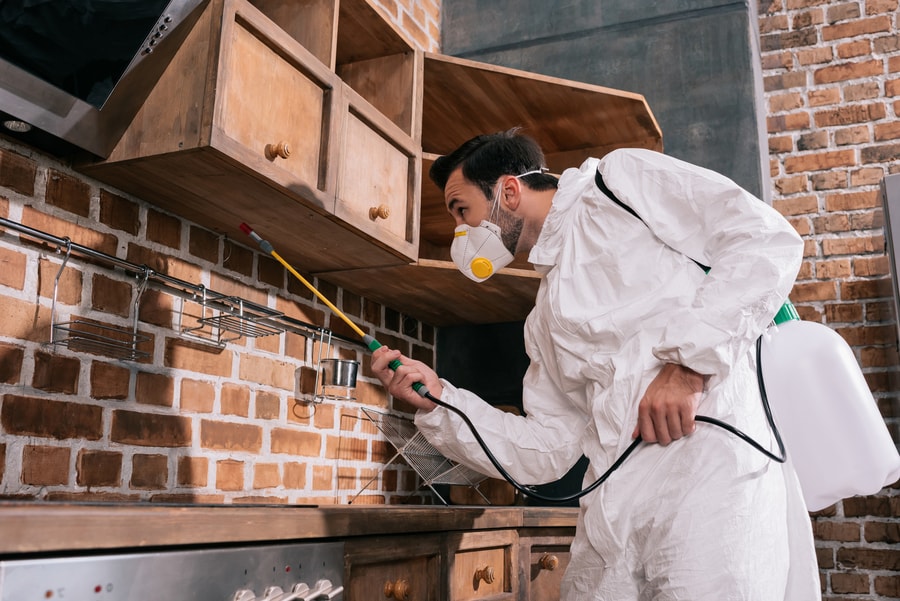How Long For Termite Treatment to Work?
When it comes to termite control, the best way to ensure that your home is free from these nasty insects is to use an effective treatment. You can hire a professional or do it yourself, which can be cheaper. However, you should know that traditional soil treatments will only work below ground and won’t control the problem above ground.
(Searching in Google “pest control services near me“? Contact us today!)

Liquid-Soil treatments last up to five years
Liquid-Soil termite treatment is one of the oldest methods of termite treatment. It is an effective method that lasts up to five years. It works by injecting termiticides into the soil around your foundation. While this type of treatment is effective, you should have it inspected annually to ensure effectiveness. This is because changes in weather and soil can cause the chemical barrier to be breached.
Liquid-Soil treatments require a licensed pest control professional. The entire process is similar to watering a lawn or garden. A technician will use a hose connected to a large tank to apply the termiticide mixture. The treated soil around the foundations should not be disturbed once the treatment is complete. Moreover, the application can be done only after the final grading and landscaping are complete.
Traditional soil treatments do not control aboveground termites
Traditional soil treatments do not control aboveground termite infestations. Despite what some companies may tell you, these treatments are not effective. Depending on the type of termite problem, you may need more than one treatment to get rid of termites. You may also need to treat both the inside and outside of your home.
Most people do not know that termites do not only live underground but also in the wood and soil that surround them. They feed on wood and soil, building “mud tubes” from wood particles and soil. Once inside, they can hang from your floor system, pierce cracks between boards, and chew sheetrock.
Termites reproduce very fast
Termites live in colonies, and even one or two colonies can cause just as much damage as a single large one. They can range in size from 60,000 workers to over 3 million. The number of termites in a colony is affected by several factors, including climate. In warmer climates, termite colonies can grow to more than two million workers. Infestations in homes and other structures can result in extensive damage over a period of months.
The first step in termite treatment is to locate the colonies. Termites have social castes, and their reproductives fall into three classes: soldiers, workers, and swarmers. Worker termites are the most common type of termite that homeowners encounter. They are white or cream-colored, and are wingless. In some cases, the queen will allow a nymph to grow into a secondary queen and keep egg-laying at the same level as the colony’s growth.

